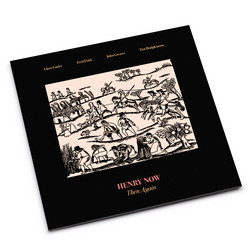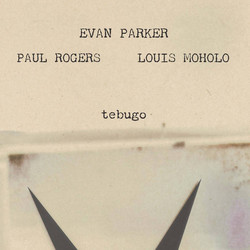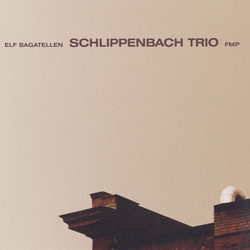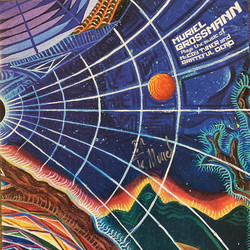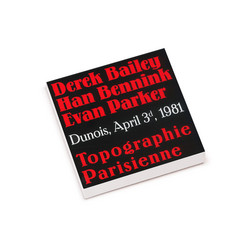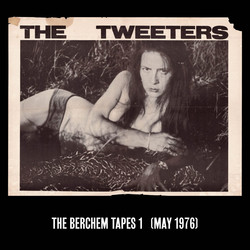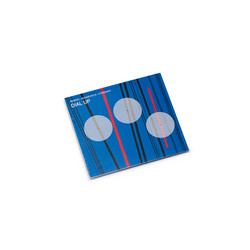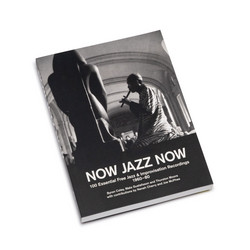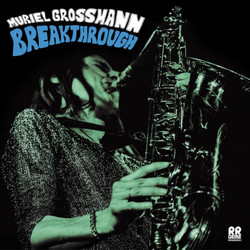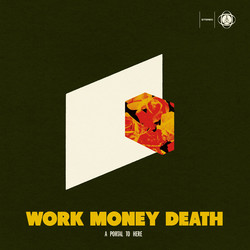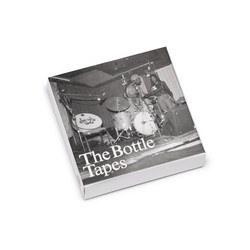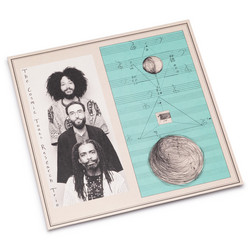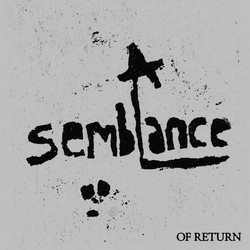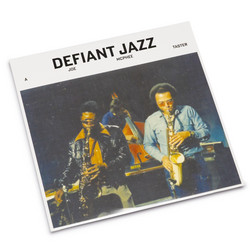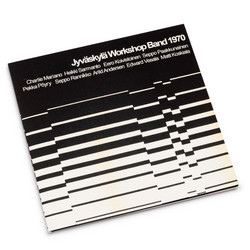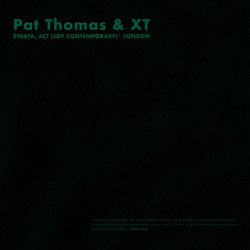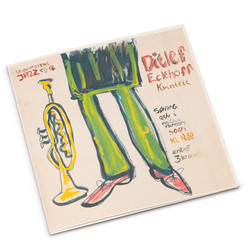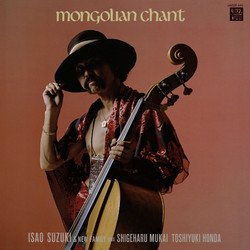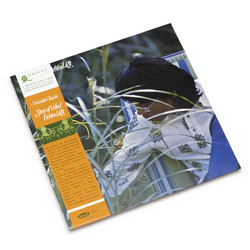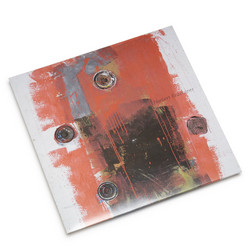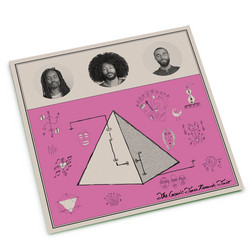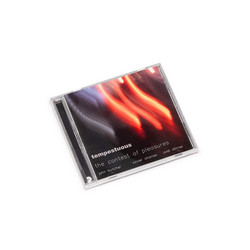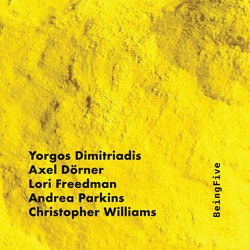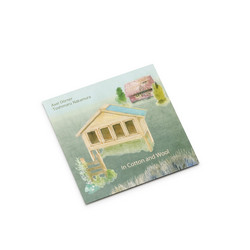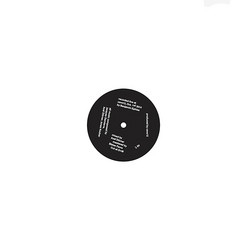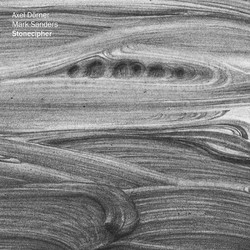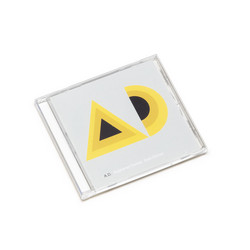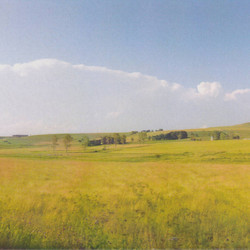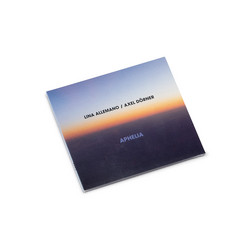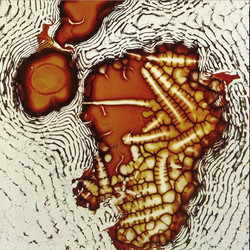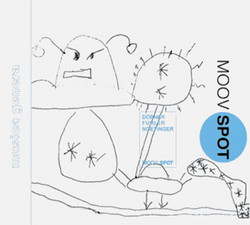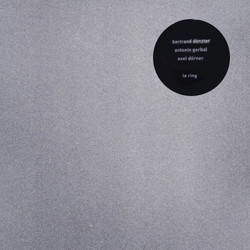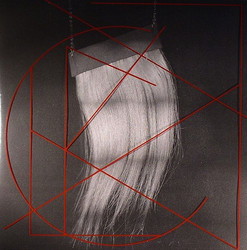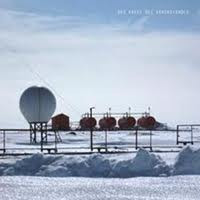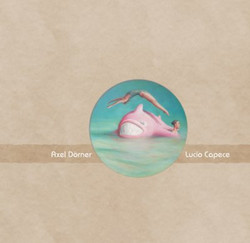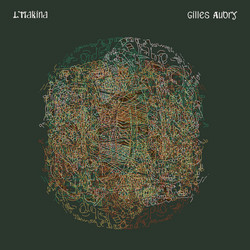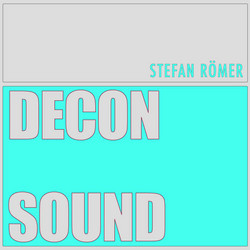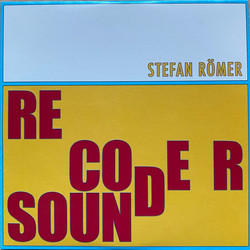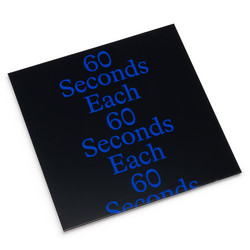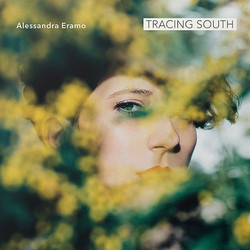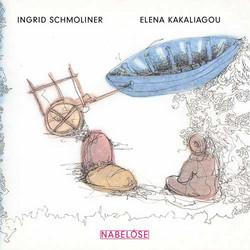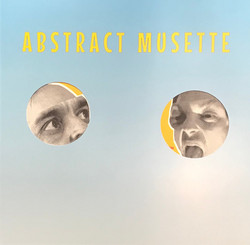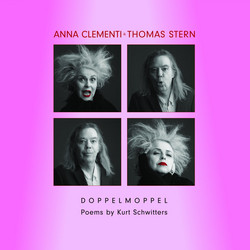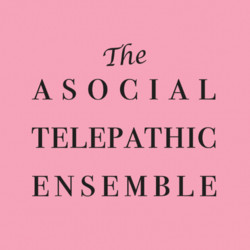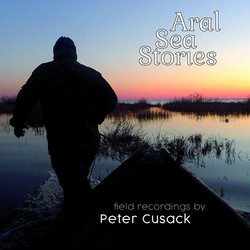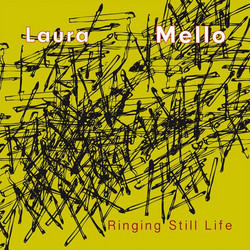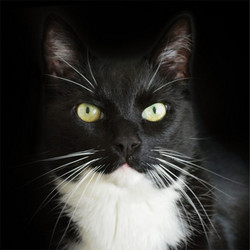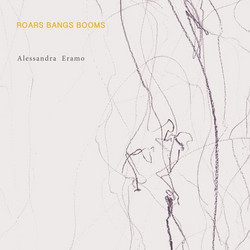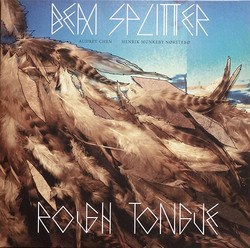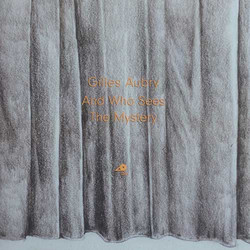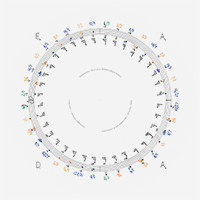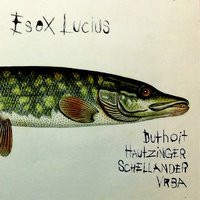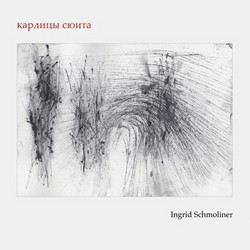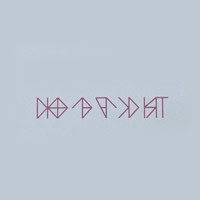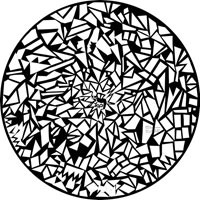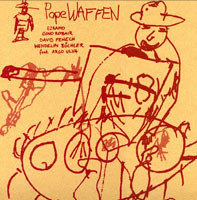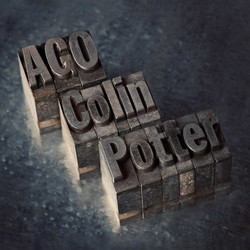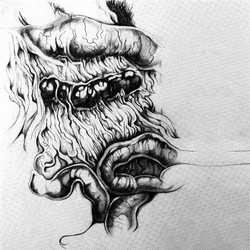After meeting for the first time in Beirut during the Irtijal Festival 2006, Axel Dörner and Jassem Hindi had their first musical collaborationin Switzerland two years later in 2008. From that time on they have regularly performed as a duo on different occasions.The music of the duo is electroacoustic music with trumpet and electronics, both musicians using their musical equipment and systems in an unusual way, developing their own techniques of sound creation.They are interested in exploring different possibilities of combinations of all musical parameters in a new way, so that the shape of their music can, for example, lead into unstable electric fields, frozen soundcolumns, and unexpected cuts in a surprising order. Both musicians try to push a sound texture or a series of sounds to their threshold and to drive those sound materials to where they show they're constraints, saturation, inner necessity and physical laws. These are shown to matter as much as parts of a musical gesture.
The recordings for their album „waterkil“ were made during a three week residency at EMS in Stockholm and during a live show at -able gallery in Berlin. Audible snapshots of a river course, maybe a kind of freaked out Smetana „The Moldau River“ transform itself into liquid oil paint on a defibrated canvas of a landscape painting, the surface scratched by a rusty palette knife. From reductionistic hisses and crackles the range goes to distorted family-life field recordings and confronts these elements with a noisy and voluminous climax of electronic drone layers. The miniatures are frequently interrupted by parts of silence, giving the whole piece a very dynamic structure.
Axel Dörner plays a so-called "firebird" trumpet which is extended with a mixingboard, microphones and an interface constructed by Sukandar Katardinata. With this equipment he is generating electro-acoustic music defined through his own extended-technique trumpet sounds, feedback and a special self-developed kind of live-sampling of his trumpet.
Jassem Hindi uses lo-fi electro-acoustic material: diverted machines, amplified small broken objects, metal and wood scraps, contact microphones, tapes, no-fi field recordings, no input mixing board, and feedback.
Comes in a special foldout sleeve limited to 300 hand-numbered copies.
